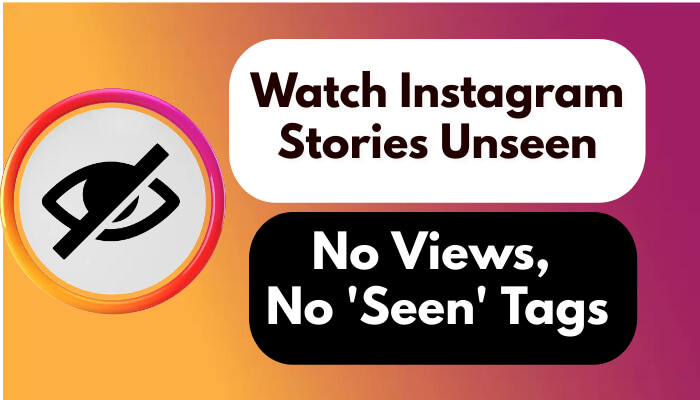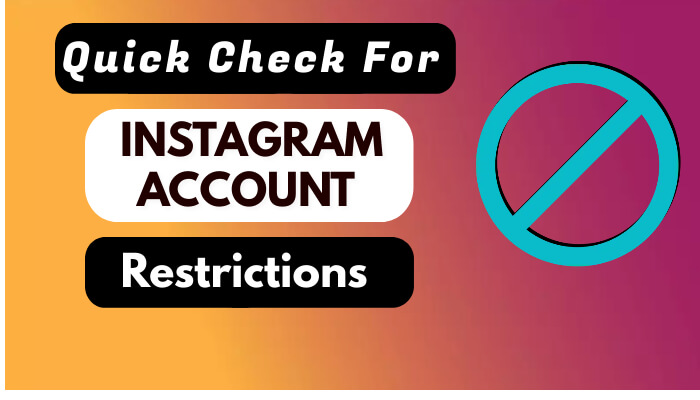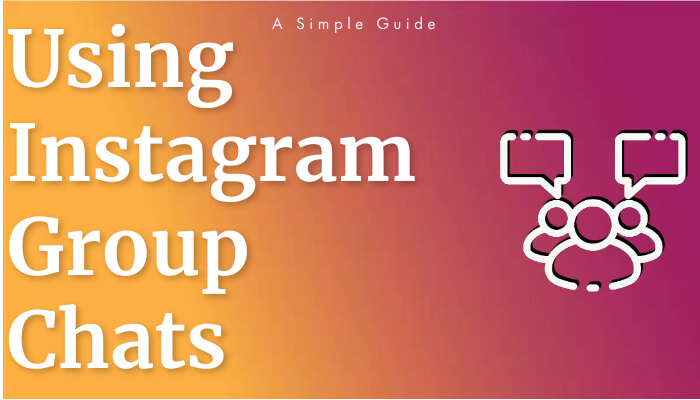
Introduction to Google Penalties
Google penalties can significantly impact your website's search visibility. Understanding the nuances between different types of penalties, such as manual actions versus algorithmic penalties, is vital for developing effective recovery strategies.
Detailed Analysis of Google Penalties
Penalties like cloaking and sneaky redirects are designed to target deceptive practices, while issues like keyword stuffing and thin content affect the quality of information presented to users.
Recovery Steps for Manual Actions
Recovering from a manual action requires identifying the violation through Google Search Console, rectifying the issue, and then submitting a detailed reconsideration request. It's crucial to be transparent and thorough in your communication with Google.
Navigating Algorithmic Changes
Updates such as Panda and Penguin focus on content quality and backlink profiles, respectively. Unlike manual actions, recovery from algorithmic changes involves a long-term strategy to improve site quality and adherence to best practices.
Preventive Measures to Avoid Penalties
Regular audits, ethical SEO practices, and staying updated with Google's guidelines are essential to prevent penalties. Tools like Google Search Console can offer insights into potential issues before they result in penalties.
Case Studies: Successful Recovery from Penalties
Examining real-world examples of websites that have successfully recovered from Google penalties can provide valuable lessons and strategies. These case studies highlight the importance of a proactive approach and continuous optimization.
Conclusion: Maintaining Compliance with Google
While Google penalties can be challenging, understanding their underlying causes and implementing corrective measures can help in recovering and maintaining your website's search visibility. Staying informed and engaged with your site's SEO health is key.







